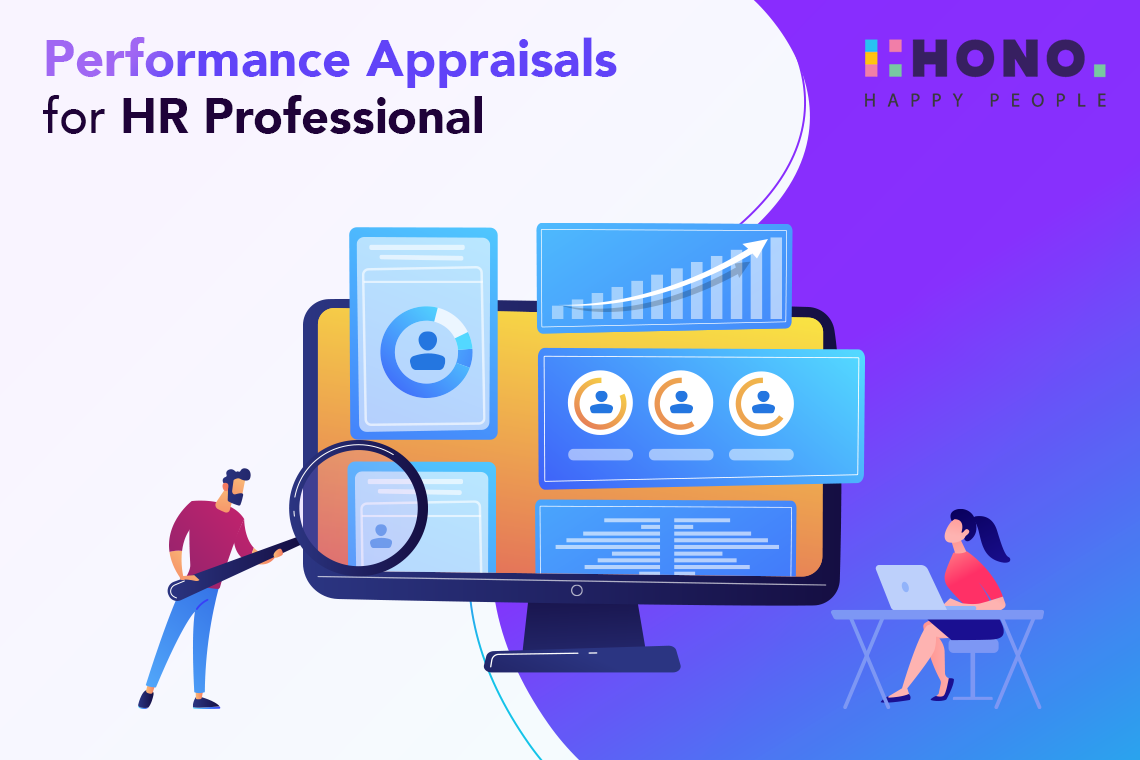- Performance Management
10 Tips to Improve the Performance Management Process
28 Aug, 2024 |

Is your performance management process delivering the results you need, or is it time for an upgrade? An effective performance management process is crucial for driving employee performance, enhancing productivity, and ultimately achieving business success. In today’s competitive business environment, refining the performance management system process is more important than ever. By focusing on the key components of the performance management process, you can turn your organization’s performance reviews into powerful tools for growth and development. In this blog, we'll explore 10 tips to help you improve the performance management process in HRM, ensuring that your team is aligned, motivated, and poised for success.
Tip 1: Set Clear Expectations
One of the most fundamental steps in the performance management process is setting clear expectations. Employees need to understand what is expected of them to perform at their best. This means defining specific, measurable, achievable, relevant, and time-bound (SMART) goals. In the performance management process in HRM, clarity in expectations is essential to avoid confusion and misalignment. When expectations are communicated effectively, employees are more likely to stay focused and work towards achieving their targets, contributing positively to the overall performance management system process.
Tip 2: Use Continuous Feedback
Gone are the days when annual performance reviews were the sole method of evaluating employee performance. Continuous feedback is a more dynamic and effective approach within the performance management process. Regular feedback helps employees understand their strengths and areas for improvement in real-time, allowing them to adjust their performance accordingly. In the performance management process steps, continuous feedback serves as a critical component, fostering ongoing communication between managers and employees. This approach not only enhances performance but also builds stronger working relationships.
Tip 3: Align Goals with Company Objectives
For the performance management process to be truly effective, individual goals must align with the broader business objectives. This alignment ensures that every employee’s efforts contribute to the overall success of the organization. The performance management process in HRM should include steps to clearly communicate how each employee’s role fits into the company’s larger goals. By doing so, employees are more likely to feel a sense of purpose and motivation, knowing that their work has a direct impact on the organization’s success.
Tip 4: Focus on Development, Not Just Evaluation
The performance management process should not be solely about evaluating past performance; it should also focus on future development. In fact, one of the key components of the performance management process is providing opportunities for employee growth. By emphasizing development, organizations can help employees acquire new skills, take on new challenges, and advance in their careers. This approach not only benefits the employees but also contributes to the organization’s talent pipeline. In the performance management system process, development plans should be integrated into performance reviews, with actionable steps outlined to help employees achieve their career goals.
Tip 5: Leverage Technology
Technology plays a crucial role in modernizing the performance management process. Performance management software can streamline the process, making it more efficient and data-driven. With the right tools, organizations can track performance metrics, provide real-time feedback, and analyze trends over time. The performance management process in HRM can greatly benefit from the automation and data analysis capabilities offered by these tools, allowing HR professionals to focus more on strategic initiatives rather than administrative tasks. By leveraging technology, organizations can ensure that their performance management process is both effective and scalable.
Tip 6: Build a Culture of Accountability
Accountability is a key driver of performance in any organization. In the performance management process steps, it is essential to establish a culture where employees are held accountable for their performance. This means clearly defining responsibilities, setting expectations, and following up on commitments. When employees know they are accountable for their actions and outcomes, they are more likely to take ownership of their work and strive for excellence. The performance management process in HRM should include mechanisms to track accountability and address any performance gaps promptly.
Tip 7: Encourage Employee Self-Assessment
Encouraging employees to assess their own performance can be a valuable part of the performance management process. Self-assessment allows employees to reflect on their achievements, identify areas for improvement, and take an active role in their development. This practice fosters a sense of ownership and empowerment, as employees are directly involved in the performance management system process. Additionally, self-assessments can provide managers with insights into how employees perceive their performance, which can be useful in guiding feedback and development discussions.
Tip 8: Provide Regular Training for Managers
Effective performance management requires skilled managers who can navigate the complexities of the process. Regular training for managers is one of the critical components of the performance management process. Training should focus on key aspects such as goal setting, providing constructive feedback, conducting fair evaluations, and developing employees. The performance management process in HRM must equip managers with the tools and knowledge they need to support their teams effectively. When managers are well-trained, the entire performance management system process becomes more effective, leading to better outcomes for both employees and the organization.
Tip 9: Make the Process Transparent
Transparency is essential in building trust and ensuring the effectiveness of the performance management process. Employees should have a clear understanding of how the process works, including how goals are set, how performance is evaluated, and how decisions are made. The performance management process in HRM should prioritize transparency at every stage, from setting expectations to delivering feedback. By making the process transparent, organizations can foster a culture of fairness and openness, which can lead to higher levels of engagement and performance.
Tip 10: Review and Adjust Regularly
The performance management process is not a one-size-fits-all solution. It should be reviewed and adjusted regularly to ensure it remains relevant and effective. One of the key components of the performance management process is the ability to adapt to changing business needs and employee expectations. Regular reviews of the performance management system process allow organizations to identify areas for improvement and make necessary adjustments. This ongoing refinement helps to keep the process aligned with organizational goals and ensures that it continues to drive performance effectively.
Improving the performance management process is crucial for any organization that wants to achieve sustained success. By focusing on these 10 tips—setting clear expectations, using continuous feedback, aligning goals with company objectives, focusing on development, leveraging technology, fostering accountability, encouraging self-assessment, providing manager training, making the process transparent, and reviewing it regularly—you can enhance the effectiveness of your performance management process in HRM. The performance management system process is an ongoing journey, and by continuously refining it, you can create a work environment where employees thrive, leading to improved performance and business results. Now is the time to take action and implement these strategies to elevate your performance management process to the next level.
Table of Content
- Tip 1: Set Clear Expectations
- Tip 2: Use Continuous Feedback
- Tip 3: Align Goals with Company Objectives
- Tip 4: Focus on Development, Not Just Evaluation
- Tip 5: Leverage Technology
- Tip 6: Build a Culture of Accountability
- Tip 7: Encourage Employee Self-Assessment
- Tip 8: Provide Regular Training for Managers
- Tip 9: Make the Process Transparent
- Tip 10: Review and Adjust Regularly
.png?width=50&height=50&name=Team%20HONO%20logo-01%20(1).png)


